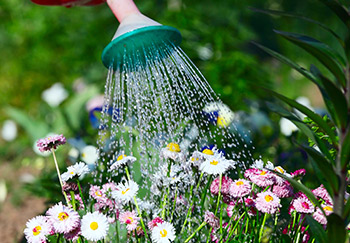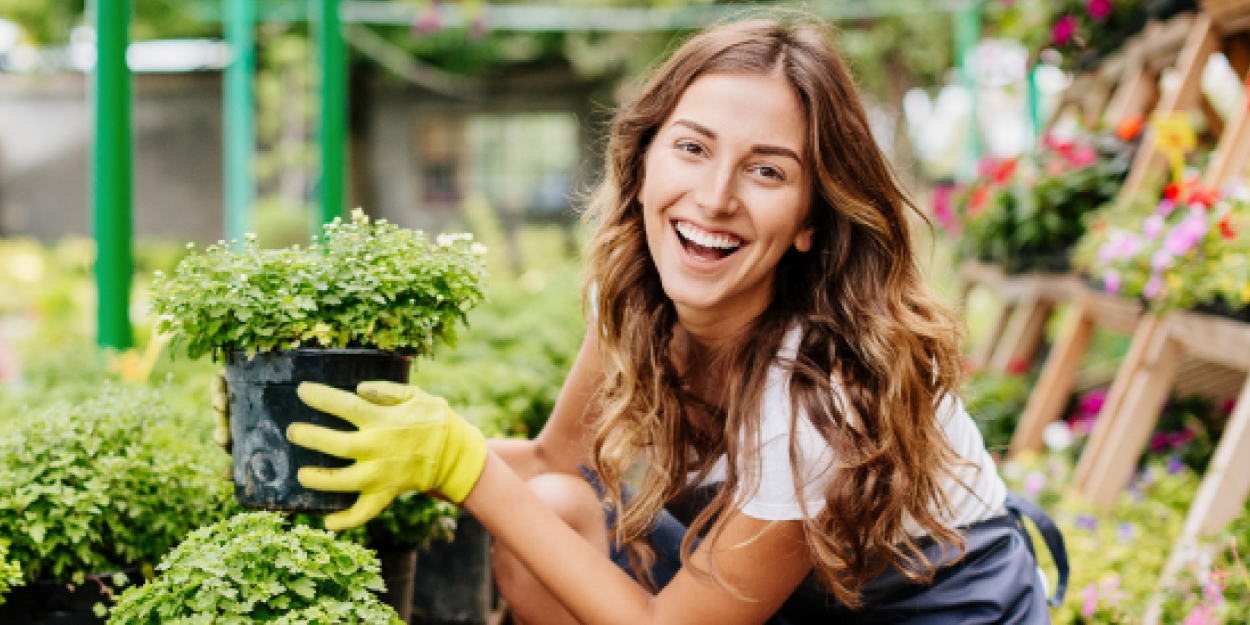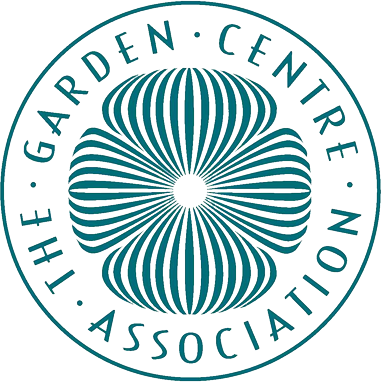What to Plant in My Garden?
So, with your garden type decided, your tools acquired, your soil prepared, and your weeding and planting strategies all set, it’s time to start filling your garden with plants.
Flowers in the Garden
When it comes to flowers, you’ll need to consider where and when they’re going to grow. Most gardens have naturally sunny and naturally shaded areas and, naturally enough, your best bet is to plant the flowers which require the most sun in the sunny parts of your garden. The blooming periods of flowers vary as well, and it’s a great idea to maximise period your garden will be in bloom by choosing a mixture or early-blooming flowers and those which stay in bloom right into the autumn.
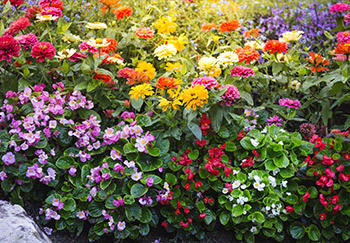
Colourful Displays
In that spirit, it’s good to prioritise any parts of your garden that get full sun for the flowers that need it. Salvias, for example, create a bushy mass of colour and are great for filling out borders. The salvia nemorosa ‘cardonna’ variety is great for filling the sunny parts of your garden with lavender-like colour; they’ll also reward your gift of sunlight by blooming right through until October!
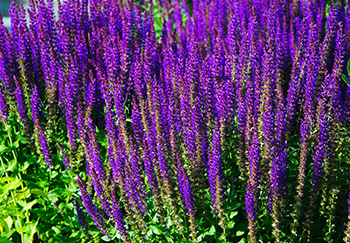
Bright Colours
Another sunlight-loving plant that pairs wonderfully with salvia nemorosa is an erysimum. Filling the sunny portion of your garden with just these two flowers will create a delightful combination of lavender, cream and yellow which makes best use of the light and, thanks to the erysimum, will provide a wonderful fragrance as well. Another plant that rewards the sun with sunny colours is the Coreopsis, these add a nice thick expanse of gold and red, perfect for those borders without shade.
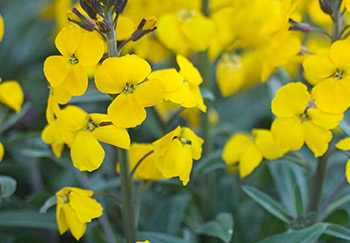
Shade
For the shadier parts of your garden there’ll be much more choice. Most flowers sold in this country have adapted to our more-often-than-not overcast skies. You can be assured of a long bloom and low maintenance by opting for clematis ‘Meghan’, which are hardy flowers that nevertheless provide big burgundy-red blooms throughout the summer and most of the autumn.
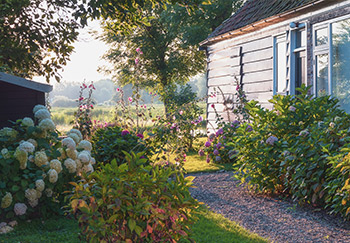
Pastels
The “cranberry cocktail” variety of the world-famous dianthus flower is another that can fare well in shaded areas. This is a great choice if you’d like to attract some wildlife to your garden, as they’re known to draw in butterflies. For some lighter tones to brighten up those slightly darker parts of your garden, you could opt for rhododendron ‘bloombux’, which has light pastel pink-white flowers that bloom big, or perhaps choisya ‘greenfingers’, which is similarly light and will bring an excellent fragrance. Both of these are so coloured to complement clematis and dianthus exceptionally well.
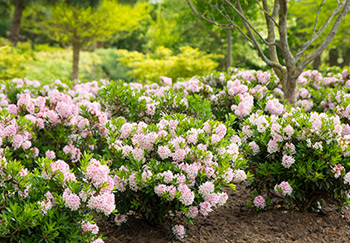
Flowers in Containers, Pots and Hanging Baskets
As mentioned, growing in pots, containers or hanging baskets is a great way to get around any restrictions which soil or sunlight may have put on your garden. You can in effect use whatever soil and compost is necessary, and of course they can be placed wherever in your garden is most optimal for what you want to grow. Containers, pots and hanging baskets are also the go to option for those with little space, as they come in all sizes and can be accommodated in the smallest of spaces.
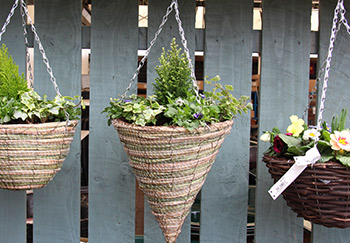
Trailing Colours
Million Bells is a classic for hanging baskets. These densely packed small blooms will spill over the edge with a trailing habit, creating a very attractive display. Heuchera ‘appletini’, more commonly known as ‘coral bells’, is a great plant for pots as they create a striking two-tier effect between their flowers and foliage. Their low mounding habit means they work brilliantly along the edge of paths in pots or containers.

Plants for Rockeries
To create the dry, muted effect that makes rockeries so attractive, the type of flowers to go for are those that look at home in such conditions. Sempervivum ‘chic charms’ work exceptionally well dotted around a rockery next to the rocks or in small pots, their blooms suiting the environment perfectly. Hebe ‘sunrise’ is another great plant for rockeries, its pleasing lilac colour being tempered with a dusty-looking finish. Both of these plants are fully hardy, require only free-draining soil and do not require much water – making them perfect for rockeries.
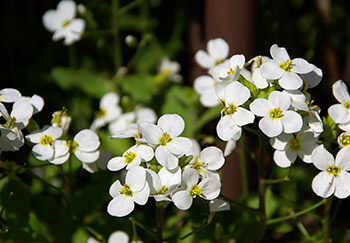
Intense Blue
Rockeries are naturally light on grass and even foliage, but festuca glauca is an ornamental grass which offers the kind of muted colours – in this case an icy blue – which compliments the overall aesthetic of a rockery exceptionally well.
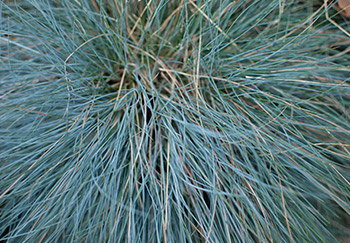
Trees in Your Garden
Any garden over a certain size will want to make use of trees and shrubs to provide the sort of bigger vegetation that contributes to a garden’s overall sense of wholeness. Obviously, a tree will take considerably longer to grow if you’re just starting it out, but even younger and smaller trees have a pleasing effect all of their own. Planting out trees at this stage can be a perfectly good addition to your garden which also offers the joy watching them grow and change over the years.
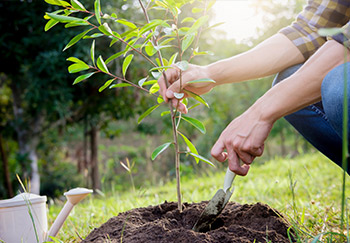
Ornamental
Betula utilis jacquemontii, the so-called ‘Snow Queen’ tree, is a delightful birch that offers its trademark smooth and white exfoliating bark at every stage of its development. This is a great choice if you want to create the type of colour combination that persists even into winter.

Fruit Bearing
Trees are also an opportunity to provide fruit in your garden. The obvious choice here, and one of the few fruit trees that can grow in Britain, is the apple tree – a true national favourite. A great variety is the Malus domestica, producing the ‘scrumptious’ apple. These small trees not only produce a delicious apple, but are usually small to medium sized, making them a great manageable tree that won’t overshadow it’s surrounding vegetation.

Vegetable Patches and Herb Gardens
One of the most popular uses for a garden, and one the truest ways to make it really ‘work for you’, is to cultivate a vegetable patch or herb garden. Contrary to what you might think, any size of garden is able to be turned into a repository of delicious veg and fresh herbs – even a few containers are enough to create a continual supply. Space, however, is a major consideration, so look what you can accommodate before you decided whether you’re growing beetroot, carrots or mangetout!
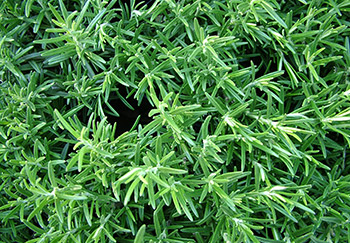
Tomatoes
Probably the most commonly grown ‘vegetable’ isn’t even a vegetable at all. The humble tomato so commonly used in the kitchen and offers so many delicious varieties that almost every vegetable patch will have a space devoted to them. If you like small cherry tomatoes, then the ‘crokini’ variety will provide many of them to a plant. If you like the big tomatoes, perfect for slicing, then go for the famous ‘beef steak’ variety.
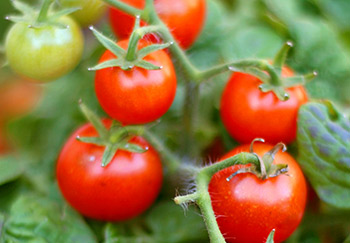
Vegetable Variety
Other common garden veg includes well known everyday plants like carrot, onions or lettuce as well as more specialist veg such as radish, mangetout and spring onions. For most veg, you will require some area of open ground soil. It’s best to sow thinly as you want a sufficient distribution of the soil’s nutrients which may prove insufficient if too many of the plants are competing.
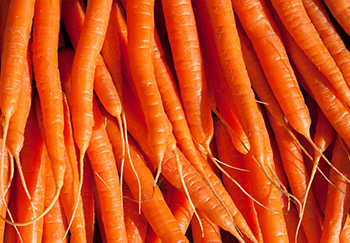
Herbs
When it comes to herbs, any amount of space upwards of the smallest of containers will be sufficient. It can often be very pleasant to have a windowsill container, within easy access of the kitchen, from which herbs can be plucked as soon as they’re needed. Whether it be perennials such as chives, fennel and marjoram, or popular annuals such as coriander and dill, most can be grown in a simple container.
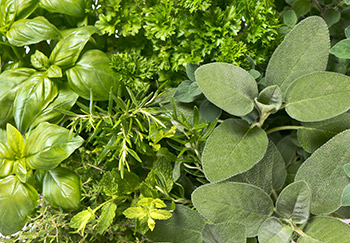
Crop Rotation
Herbs prefer a soil which is moisture retentive and plenty of heat and light and can be grown from both seed and cultivars. When combining herbs, it’s a great idea to mix those with different maturing times as this will ensure your herb patch or container is always offering something ready to be picked.
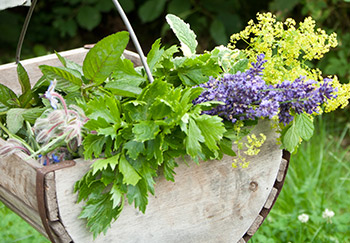
Going Forward
Once you’ve created your garden and filled it with plants, you’ll soon find yourself settling into the natural rhythm of garden care. As the months go by and the seasons change, you’ll soon find yourself going about your joyful garden duties like an old hand. For any garden type, you’ll soon be feeding, watering, mowing, deadheading, pruning and planting all at the right times of the year, when seasonal conditions work in your favour and help you get the most out of your garden.
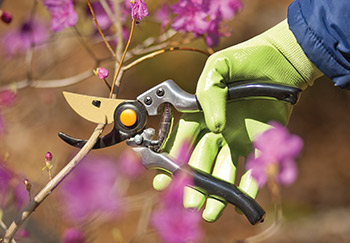
Bloom
Yet perhaps the best thing is that, as time goes by, gardeners refine their tastes; they mix up flower arrangements, decide on a different potted plant for the patio, watch trees grow slowly to maturity and find creative ways to get hanging baskets into the sunshine. In short, gardeners develop along with their garden. And by starting out right, you’ll see your garden grow, along with your tastes and talents, into something to be proud of.
